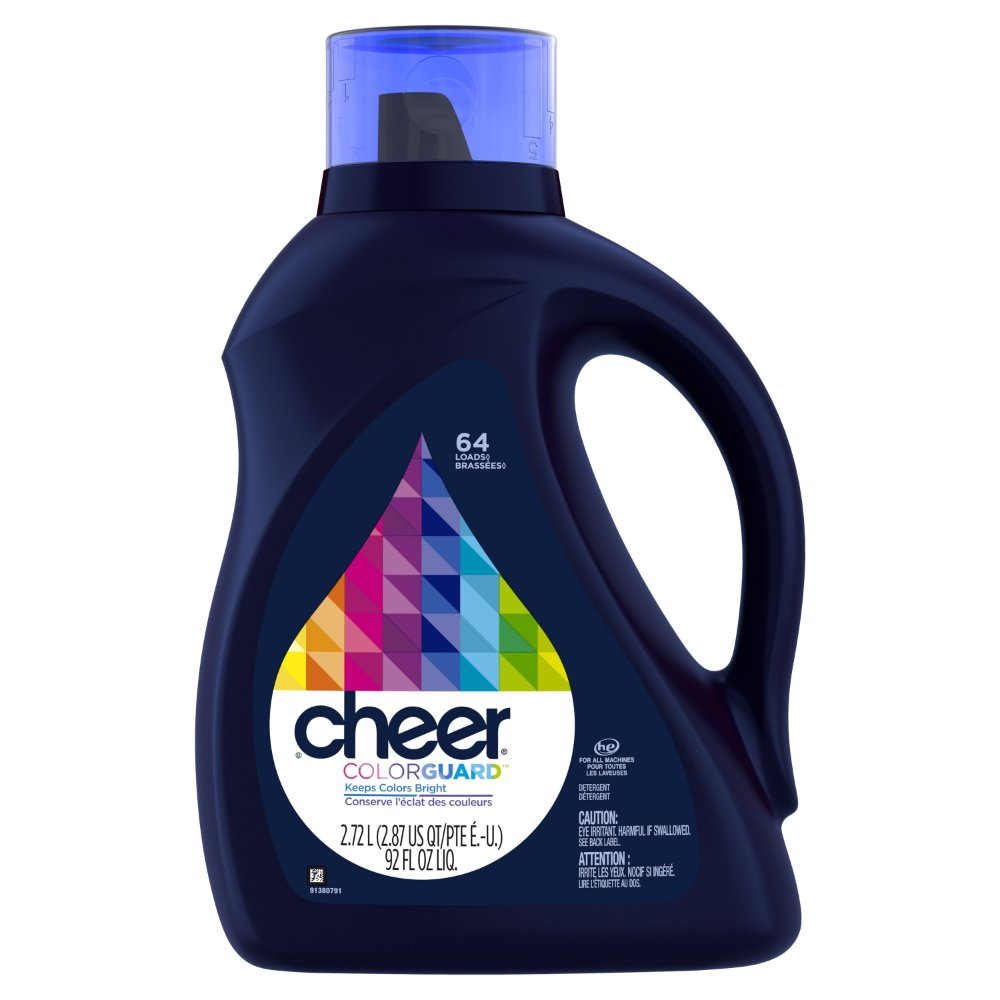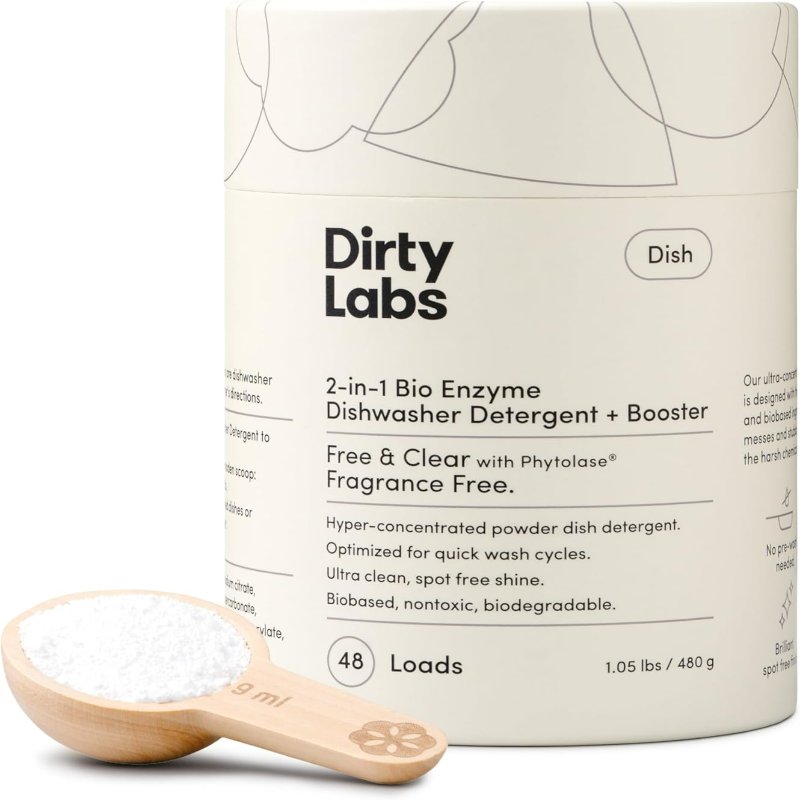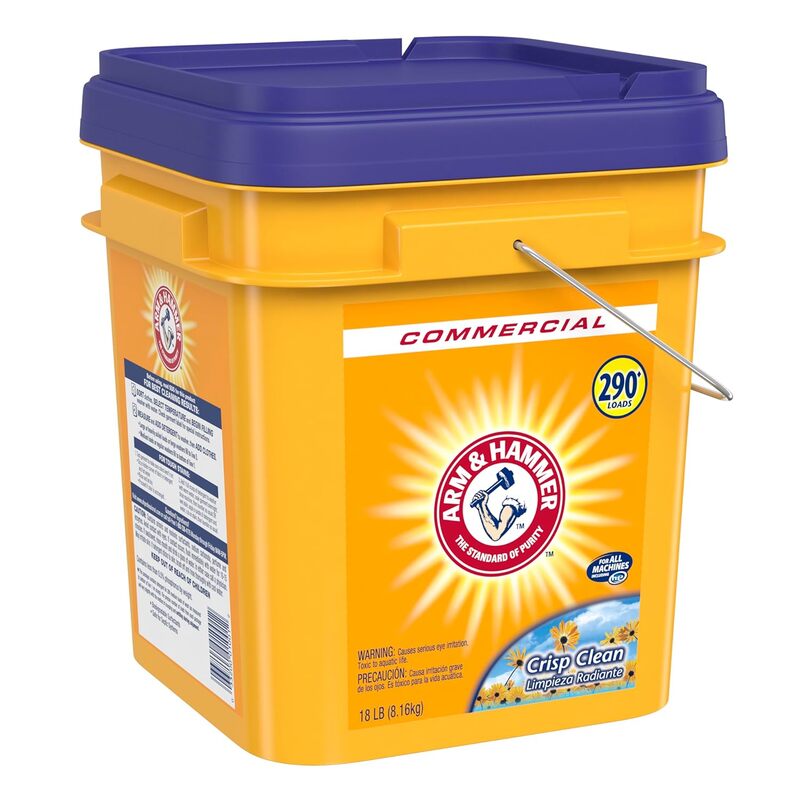Correct Placement of Liquid Laundry Detergent
how to use laundry detergent in your wash machine? Getting the placement of your liquid laundry detergent right can significantly improve your laundry results. It helps clothes come out cleaner and ensures that your washing machine runs efficiently. Here, we dive into the appropriate ways to use liquid laundry detergent.
Pros of Adding Detergent Directly to the Drum
Adding liquid laundry detergent directly to the drum has its advantages. It ensures that the detergent evenly coats your clothes. Experts like Hugo Guerrero recommend this method to avoid guesswork and ensure optimal detergent dispersion. It also saves time because you won’t have to figure out the right drawer compartment.
Cons of Using the Detergent Drawer for Liquids
While the drawer is designed for detergent, it isn’t always ideal for liquids according to laundry experts. The rushing water can dilute liquid detergents before they interact with your clothes, leading to less effective washing. Plus, using the wrong compartment can cause confusion and potential mishaps.
The Role of Detergent Dispensers in Proper Usage
Detergent dispensers are often built into washing machines to make adding detergent more straightforward. However, it’s vital to use them correctly. For liquid detergents, placing them in the main wash section of the drawer is key, often indicated by a flower or ‘II’ symbol. For optimal usage, always check your machine’s manual to understand the specifics of its dispenser.

The Right Way to Use Powdered Detergent
Differences in Placement for Powder Versus Liquid Detergents
Using powdered and liquid detergents requires different approaches. For optimal results, placement is key. Powdered detergents work best when added to the detergent drawer. This allows them to dissolve fully before reaching the clothes. Liquid detergents, however, often perform better when added directly to the drum. This prevents them from diluting too quickly.
Tips for Using Powdered Detergent Without Residue
Using powdered detergent can be an effective and economical method for laundry, but one common issue is the residue it often leaves on clothes and within the washing machine. To ensure a clean wash without the nuisance of detergent buildup, it’s essential to follow best practices. Here are comprehensive tips for using powdered detergent effectively while avoiding residue:
Measure Correctly
One of the primary causes of detergent residue is overuse. To prevent this, accurately measure the correct amount of powdered detergent for your load size:
- Follow Manufacturer Instructions: Always refer to the packaging for recommended dosage based on load size (small, medium, or large) and soil level (light, medium, or heavy). Typically, most brands provide specific guidelines on how much detergent to use.
- Invest in a Measuring Scoop: Instead of estimating quantities, use the measuring scoops that come with the detergent. These are designed to help you dispense the right amount.
Dissolve Detergent Before Use
Powdered detergent can sometimes clump and fail to dissolve entirely during the wash cycle, leading to residue:
- Pre-Dissolve in Warm Water: If you’re concerned about undissolved detergent, consider dissolving it in warm water before adding it to the washing machine. This pre-melting process ensures that the detergent is fully dissolved when it comes in contact with your laundry.
- Use a Powder Dispenser: Many modern washing machines include a designated compartment for powdered detergent. If available, place the detergent in this compartment and set your machine to an appropriate wash cycle to allow for optimal dissolution.
Select the Right Water Temperature
The temperature of the washing water plays a crucial role in the efficacy of powdered detergents:
- Use Hot or Warm Water: Hot and warm water help dissolve powder detergents more efficiently than cold water. If your laundry is colorfast and can tolerate higher temperatures, prefer using warm or hot water settings to encourage effective dissolution.
- Check Fabric Care Labels: Always verify that the clothing you are washing can handle warmer temperatures without damage or fading.
Avoid Overloading the Washing Machine
Overloading your washing machine can hinder proper agitation and make it challenging for detergent to rinse out effectively:
- Load Appropriately: Aim to fill the machine to the recommended level, typically leaving enough space for clothes to move freely. This means filling it about three-quarters full instead of tightly packed.
- Divide Large Loads: For heavier or bulkier loads, consider washing items in smaller batches to ensure thorough cleaning and rinsing.
Rinse Thoroughly
Effective rinsing is key to removing any leftover detergent from your laundry:
- Utilize Extra Rinse Options: If your washing machine has an extra rinse cycle, take advantage of this setting. It helps ensure that any residual detergent is washed away, especially for loads with powdered detergent.
- Perform Manual Rinse for Delicate Fabrics: For delicate items, you may want to run an additional plain water rinse after washing to further eliminate any detergent residue.
Clean the Washing Machine Regularly
Regular maintenance of your washing machine helps prevent buildup and ensures longevity:
- Run a Cleaning Cycle: Some machines have a self-cleaning feature that removes any accumulated detergent or fabric softener residue. Use this feature as part of your routine care to maintain your machine’s cleanliness.
- Wipe Down Compartments: Periodically check and clean the detergent dispenser and other compartments where residue may accumulate. This reduces the likelihood of buildup affecting your next laundry batch.
Choose High-Quality Detergents
The quality of your powdered detergent can significantly impact residue buildup and cleaning effectiveness:
- Opt for High-Quality Brands: Invest in reputable brands known for producing effective powdered detergents that dissolve well and do not leave residues. Users often report better results from premium products.
- Check for Solubility: Look for detergents labeled as “quick-dissolving” or “low-residue” on the packaging. These formulations are designed to dissolve more effectively in water and minimize residue concerns.
Understanding Laundry Detergent Capacity
How to Measure the Right Amount of Detergent
Knowing how much laundry detergent to use is crucial for effective cleaning. Too much can result in residue and wasted product, while too little may leave clothes dirty. For a medium-sized load, use a cup of detergent. If you’re unsure, consult your washer’s guide or use a measuring cup. Trial and error will help find the perfect amount for your laundry.
The Effects of Overusing Detergent on Clothes and Machines
Using too much detergent can harm your clothes and washing machine. Excess soap can build up, causing residue on clothes and contributing to the growth of mold in the machine. It can lead to malfunctions and shorten the life of your appliance. Always aim to use just enough detergent to clean clothes without leaving any signs of overuse.

Using Fabric Softener with Laundry Detergent
Correct Timing and Method for Adding Fabric Softener
Using fabric softener in tandem with laundry detergent enhances the feel and fragrance of your clothes. However, it is crucial to add it at the correct time for maximum effectiveness. Fabric softener should not go in at the start of the wash cycle. Instead, it goes in during the last rinse cycle. If your machine has a dispenser labeled for fabric softener, use it. The dispenser releases the softener at the right time automatically. For machines without this feature, wait until the rinse cycle begins before adding the softener. Make sure to dilute it with water first. This prevents direct contact with clothes, which could cause stains or fabric damage. Following the manufacturer’s instructions for both the softener and the washing machine ensures the best results.
The Interaction Between Detergent and Softener
It’s important to note that laundry detergent and fabric softener work differently. Laundry detergents clean, whereas softeners condition fabrics. They should not mix in the wash as they can counteract each other. Detergents are designed to remove oils and grime, and mixing them with softeners, which are meant to coat and soften fibers, can reduce the efficacy of both. Always add detergent at the beginning of the wash cycle and softener during the last rinse to avoid any interaction that could affect the cleaning and softening performance. This separation ensures that each product can do its job properly, leaving your clothes both clean and comfortably soft.
Hand-Washing with Detergent
When hand-washing clothes, it’s crucial to use laundry detergent correctly. Proper dissolution of the detergent is key to a good clean.
Steps for Proper Dissolution of Detergent in Hand-Washing
- Fill a Wash Tub: Start by filling a tub with the right amount of water.
- Add Detergent: Pour the appropriate amount of detergent into the water.
- Stir Thoroughly: Mix the water and detergent until completely dissolved.
- Soak and Wash: Add clothes and let them soak if heavily soiled; then wash by gently kneading the garments.
- Rinse Well: After washing, rinse the clothes in clean water to remove all detergent.
By ensuring the detergent fully dissolves you avoid soap residue on your garments.
Guidelines for Adding Fabric Softener in Hand-Washing
- Final Rinse Only: Add fabric softener during the last rinse cycle.
- Dilute Softener: Always dilute the softener with water before use.
- Avoid Direct Contact: Don’t pour softener directly on clothes; it can leave stains.
- Mix Well: Stir the softener and water mixture thoroughly before adding clothes.
Following these steps will help maintain fabric quality and achieve the desired softness.

FAQ Section for Laundry Detergent Usage
Managing Detergent Placement for Different Types of Clothes
When using laundry detergent, consider the fabric type. Light and delicate clothes may require detergent first, then clothes on top. This protects delicate fabrics from direct contact with detergent. For heavy-duty clothes, adding detergent directly onto the fabrics can help to tackle tough stains. Always check garment labels for specific instructions and follow them to prevent damage to your clothes.
Troubleshooting Common Detergent Usage Concerns
At times, you might face issues like detergent residue or insufficient cleaning. If you find white marks on clothes, ensure you’re not overfilling the detergent drawer or drum. For poor cleaning results, check if you’re using the right detergent amount. Too little may not clean well, and too much can leave residue. If problems persist, consult your washing machine’s manual or seek professional advice to improve your laundry routine.